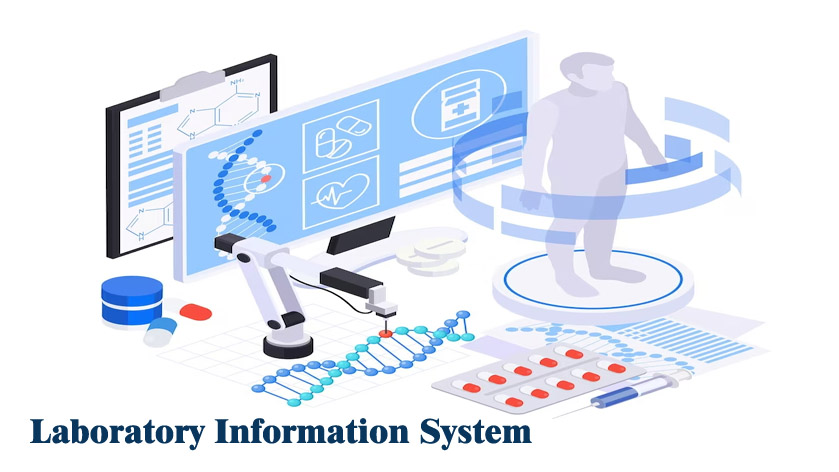Laboratory Information system is a medical software that facilitates storing crucial patient information that physicians can use to diagnose and treat patients accurately. The information includes both incoming and outgoing laboratory testing orders and results.
This laboratory information system will also track lab orders and transfer the data to the patient’s electronic health record. Their personal information includes their name, date of birth, address, gender, and medical history.
Nowadays, most medical professionals use clinical lab software to treat their patients. The LIS will allow various medical professionals, such as oncologists, rheumatologists, microbiologists, and others, to access critical lab results efficiently and quickly to move forward with the treatment plan for the patient’s condition.
Laboratory information systems consist of various components that allow the work to be done efficiently. It is essential to have storage organization capabilities and the ability to engage in sample tracking. This sample track will inform laboratories where samples are in the process, when the test order was placed or when it has been completed, and finally, if the reports have been sent to the physician or not.
Good laboratory Information Consists of:
- Client tracking
- Electronic notebook
- Data centralization
- Training and compliance database
It also has equipment tracking that includes maintenance, reordering certain equipment items, calibrating specific instruments before using equipment, and more.
Benefits of Laboratory Information System
- LIS will help reduce the cost of tests for patients. It is easy to access patient information quickly, so it is also easy to sort through files manually. Hence, reducing work will also reduce the cost for the people.
- The entire data of the patient, such as the history, is also stored in the system, making it easy to have the entire medical history of them, making it easy for doctors or health professionals to treat them better. There are chances that the physical documentation can be lost or destroyed.
- These test results are easily accessible and can be accessed within no time. It will also reduce the risk of misplacement of reports or misdiagnosis since everything is organized in one place.

